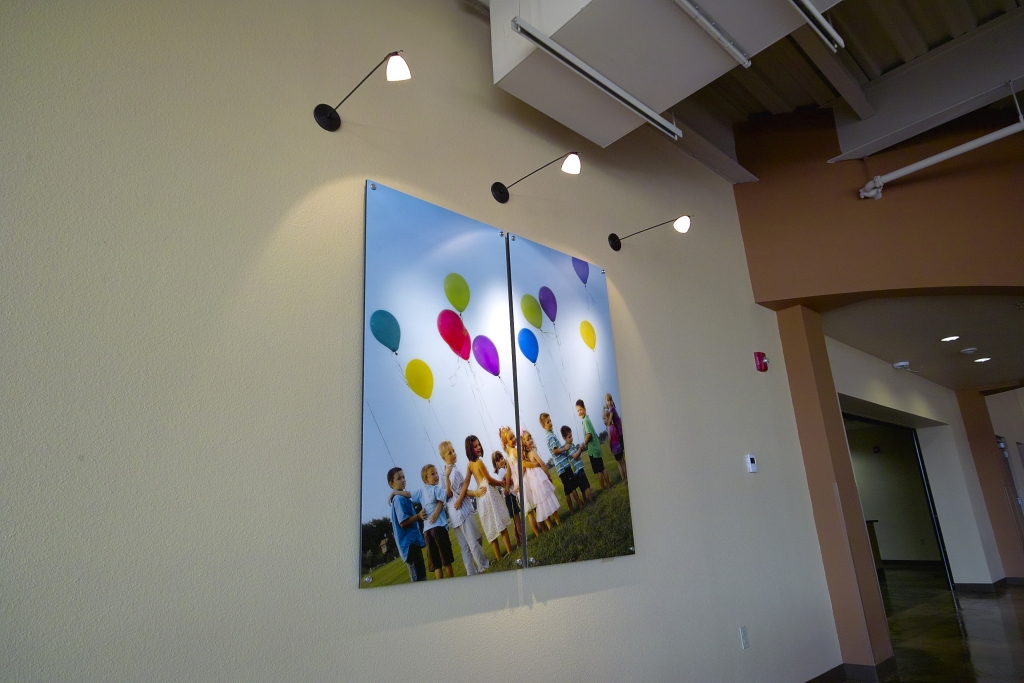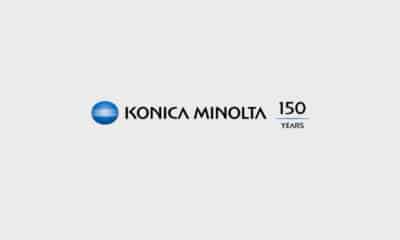Drawing on experience with sign printing and digital photography, Ken Holyfield launched Megapixel DI in rural Montrose, Colorado, in 2002 as a provider of large-format graphics. As soon as the oversized prints produced with his Roland CammJet CJ-500 began showing up around town, local artists inquired if he could reproduce their work, too.
“I produced a couple of giclée prints, and word about these capabilities began spreading in the local arts community,” he says. “Some artists started getting excited about the possibilities.”
Sensing a sizable market he had not initially recognized, Holyfield made himself into an expert. “I read up and educated myself about what was required to produce a truly fine-art print digitally, acid-free papers, and pigment inks.”
As more artists brought him their work, he encountered another issue: “The biggest challenge proved to be figuring out how to digitize their art so I could successfully reproduce it at its original size, or larger,” he recalls.
After conferring with a local photographer, he invested in a Sigma camera system with a Foveon image sensor. Holyfield could now offer a solution for fine-art reproduction, from capture through print, and demand for this service began to accelerate. In fact, by 2005, business was growing in all directions, and Holyfield was overwhelmed as owner/operator of what was, essentially, a one-man shop. “I considered no longer offering giclée prints because I was spending so much time color-correcting files to make sure I could deliver the best match to the original,” he recalls.
Instead, he opted for another solution: He hired a “color guru” who brought experience in color correction and photo restoration – skills Holyfield now credits as key to the company’s continued success with fine-art reproduction. “He reduced the process of color correction from four to six hours down to two or three, depending on the piece of art,” Holyfield says. “Within months we needed a faster printer to keep pace with growing demand.”
Advertisement
For output, Holyfield chose the Canon imageProGraf printer with its 12-color Lucia ink system, powered by an ErgoSoft RIP. “It gave us a much faster printer with the wider color gamut we needed,” he says.
But there was still one piece missing in his fine-art workflow. Early on, he drew on experience with panoramic photography when digitizing original art. The camera remained fixed in place while the art was attached to a pegboard. He moved each original horizontally and vertically within the frame of view, capturing the art in sections, then reassembled these in Photoshop. It worked, but digitizing the art was both labor intensive and time consuming.
Holyfield explained to his father, Bob, what he was trying to accomplish, and the elder Holyfield designed a motorized system that still serves the company today. “Our device allows the originals to be securely held while being moved horizontally and vertically using a remote control,” explains Holyfield.
The system can accommodate originals as large as six-feet wide and four-feet tall, but most of the work is much smaller. “We typically shoot nine frames to photograph an 18 x 24-inch original, which generates a 100- to 150-mg 16-bit file,” he notes.
For proofing, he’ll print a scaled-down version of the original, and a three-inch swatch at full size. “You have to find out what their expectations are,” he advises. “Some want us to spend as much time as it takes to get the best match to the original, and are willing to pay for it,” he notes. “Others are just looking for a cost-effective solution.”
Holyfield honestly explains his capabilities and the limitations of fine-art reproduction during initial consultations with each artist: “It would be foolish to tell them we can always deliver an exact color reproduction of their original,” he admits. “We’re dealing with the color gamut of the printer, versus the color palette available to artists.”
Most require minor tweaks to the file before printing; and, occasionally, artists prefer the vibrancy of the digitized version to their original. Whether they work in oils or acrylics, pencils or photography, once they’ve had that first print done they tend to return to Megapixel DI.
Advertisement
“Artists have gotten very educated about the advantages of giclée printing,” he concludes. “We’re able to give them a new way to market their work, and it’s become a very enjoyable part of our business.”
MEGAPIXEL DI
www.megapixeldi.com


 Blue Print4 weeks ago
Blue Print4 weeks ago
 Buzz Session4 weeks ago
Buzz Session4 weeks ago
 Beyond Décor: Rachel Nunziata2 weeks ago
Beyond Décor: Rachel Nunziata2 weeks ago
 Press Releases2 months ago
Press Releases2 months ago
 Press Releases1 month ago
Press Releases1 month ago
 Press Releases2 months ago
Press Releases2 months ago
 Press Releases1 month ago
Press Releases1 month ago
 Press Releases2 months ago
Press Releases2 months ago













